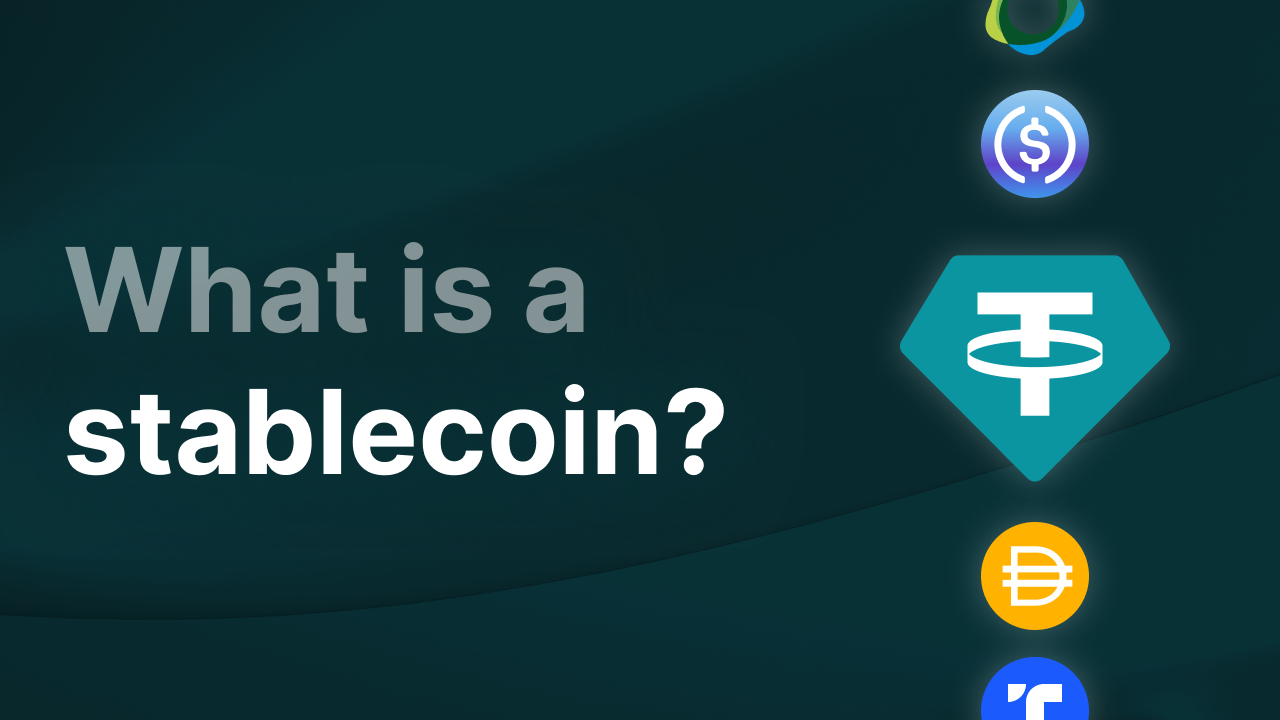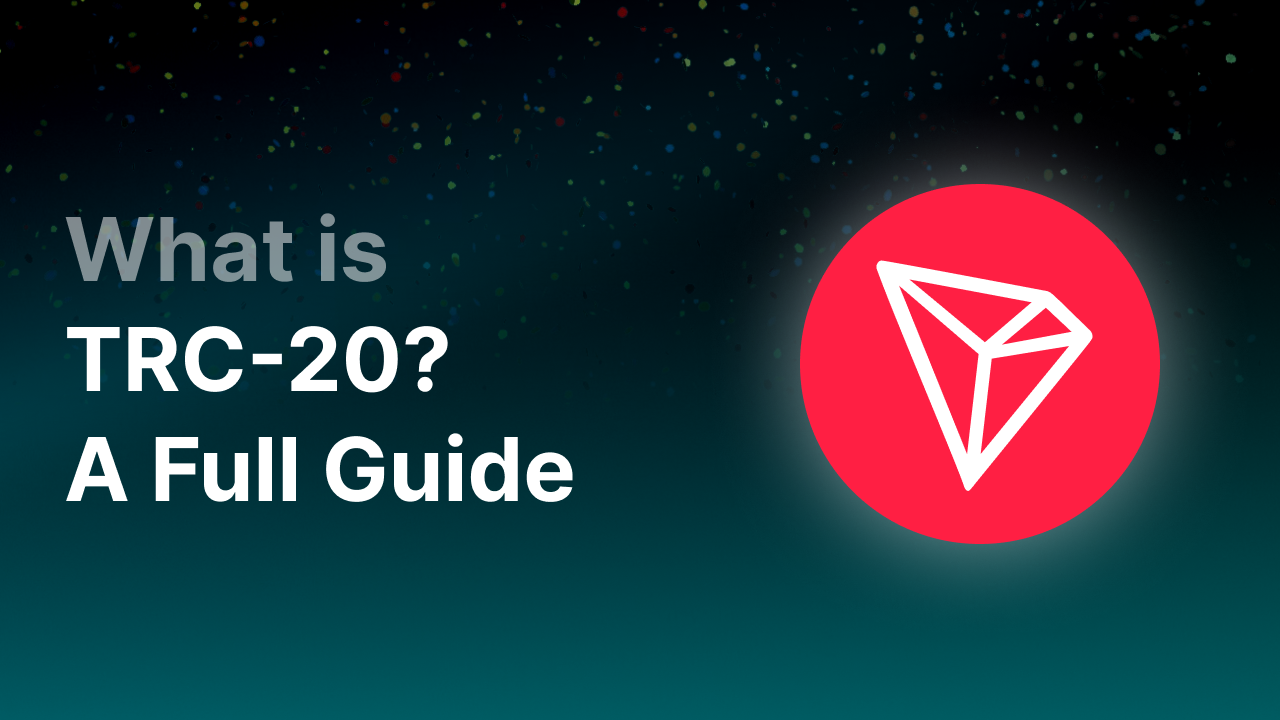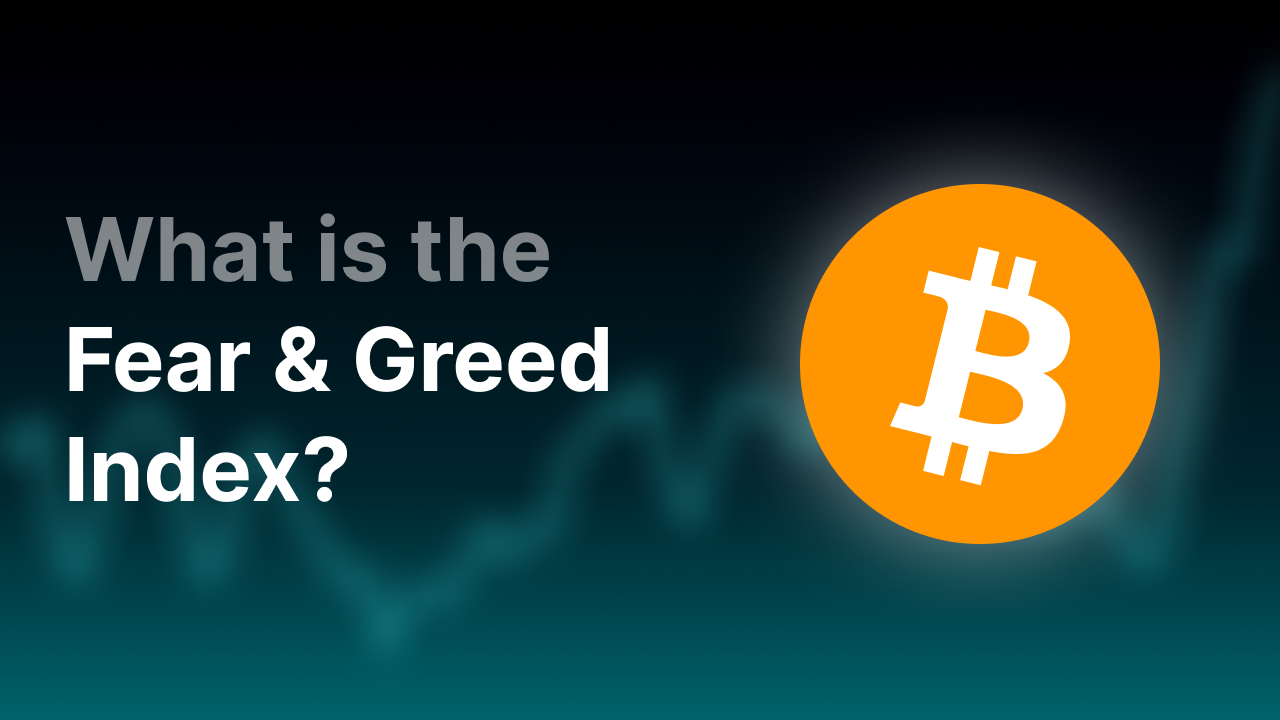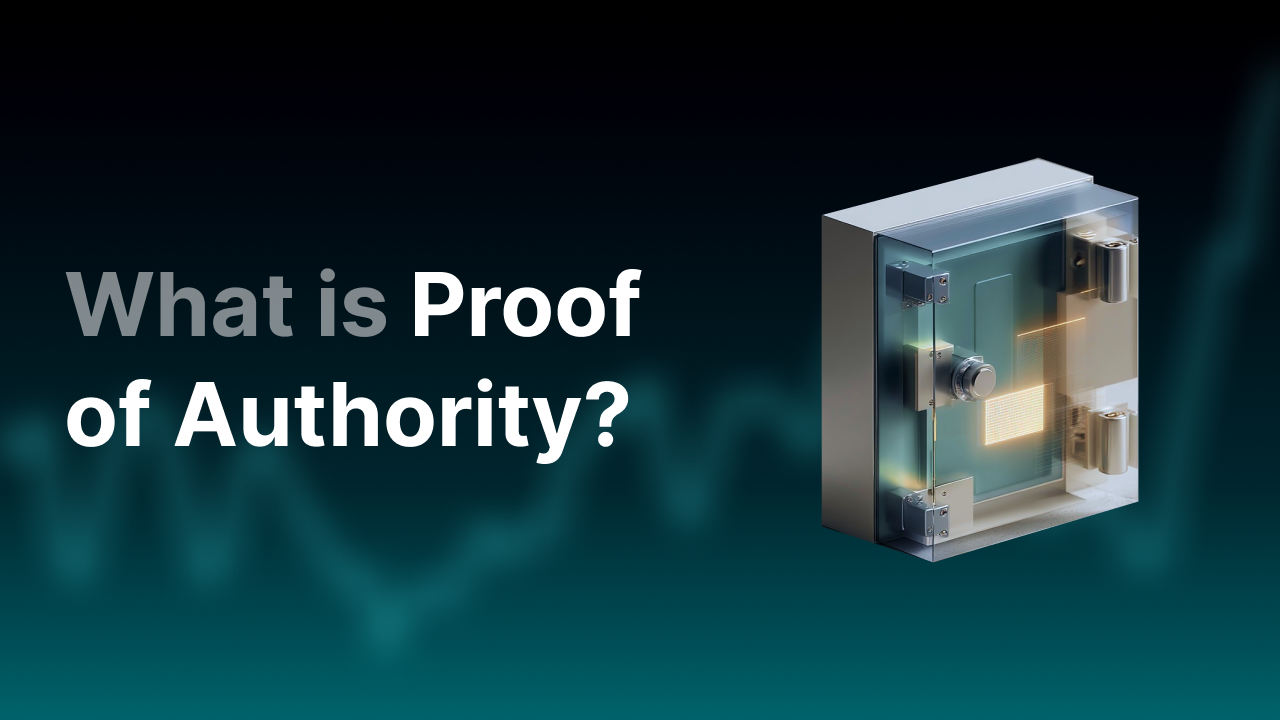What are stablecoins and how do they work?

What is a stablecoin?
A stablecoin is a type of cryptocurrency that’s tied to another asset, like the US dollar (USD) or the euro (EUR). Cryptocurrencies are known for being super volatile, but a stablecoin is made to provide price stability. That makes it a useful tool for making transactions in the crypto world. Unlike cryptocurrencies like Bitcoin and Ethereum, which go up and down in value based on supply and demand, stablecoins keep their value because they’re linked to fiat currencies, so their price stays steady.
Stablecoins are meant to mix the benefits of crypto with the stability of traditional money. They offer a predictable value that makes them easier to use for payments.
Key takeaways
- Stablecoins are cryptocurrencies that are tied to the value of a fiat currency, like the US dollar or euro.
- The main goal of stablecoins is to create stability in the crypto space and reduce volatility.
- Stablecoins can keep their value through collateral or an algorithm.
- Stablecoins play a key role in the DeFi (Decentralized Finance) world.
How does a stablecoin work?
Stablecoins keep their value by being backed by collateral. With stablecoins, collateral means a reserve of valuable assets that supports the amount of stablecoins in circulation. This way, users can trust that one unit of the stablecoin will always represent its agreed value, like one US dollar.
There are different types of stablecoins that use different ways to stay stable. Here are the main ones:
Backed by fiat money
Most stablecoins are backed by fiat money. That means there’s an equal amount of fiat currency held in reserve for every stablecoin issued. Tether (USDT) is one of the most well-known stablecoins backed by fiat.
Backed by cryptocurrencies
Some stablecoins are backed by other cryptocurrencies. For example, the collateral could be Ethereum. These stablecoins use smart contracts and overcollateralization, which means they’re backed by more than they’re worth, to keep their value without needing a central party.
Backed by commodities
There are also stablecoins that are tied to physical commodities like gold or oil. A good example is Paxos Gold (PAXG), which is backed by real gold stored in a vault. This type of stablecoin offers stability through real-world assets.
Stabilized by an algorithm
Besides stablecoins backed by reserves, there are algorithmic stablecoins that use smart systems to automatically adjust the supply based on demand. If the value changes from the target price, like $1, the algorithm changes the supply by minting or burning coins.
A well-known example is TerraUSD (UST) from TerraLuna, which used an algorithmic system together with the LUNA token to mimic the value of the US dollar. It was a creative idea, but in 2022 the whole ecosystem collapsed. TerraUSD failed because the algorithm couldn’t keep the value stable during a market crash. This caused a domino effect, and the value of the stablecoin totally crashed.
Algorithm-based stablecoins are decentralized and don’t need reserves, but that also makes them more vulnerable during market shocks and uncertainty.
The benefits of a stablecoin
Stablecoins have become a big deal in the crypto world. Here are some of the main benefits:
-
Stable value: The biggest benefit of a stablecoin is that its value stays steady. In the wild crypto market, prices are always moving up and down. Stablecoins give traders and investors a safe place to park their funds when they want to avoid volatility. For example, as an investor, you could lock in your profits by converting them into stablecoins so you don’t risk losing them.
-
Payments: Thanks to their stability, stablecoins are great for making payments, especially in countries with high inflation or unstable currencies. They also work well for cross-border transactions since they can be sent fast over blockchain networks. They often have lower fees than traditional bank transfers too.
-
Access to the DeFi space: Stablecoins are key to the world of DeFi (Decentralized Finance). Without stablecoins, many DeFi apps like lending, earning interest and decentralized exchanges (DEX) wouldn’t really work. They provide the stable value needed to run contracts and they add liquidity to DeFi platforms.
The downsides of stablecoins
Even though stablecoins have a lot of upsides, there are also some risks you should know about.
-
Risk of not enough collateral: The biggest risk is when there isn’t enough collateral backing a stablecoin. If there’s not enough value behind the amount of stablecoins out there, the coin could crash. Plus, the success of a stablecoin often depends on the value of the asset it’s tied to. If the US dollar drops, it could affect the stablecoin’s stability too.
-
Regulation and oversight: Since stablecoins are seen as something between fiat money and crypto, they’re facing strict regulation in many places. In the European Union, the Markets in Crypto-Assets Regulation (MiCA) went into effect in 2024. This law sets clear rules for how stablecoins can be issued, backed and used in the EU. The goal of MiCA is to make the market more transparent and protect consumers. Because of this, some stablecoins like Tether (USDT) were temporarily removed from European crypto exchanges in 2025 because they didn’t meet the new standards yet.
Examples of popular stablecoins
There are lots of different stablecoins out there, each with their own setup and type of backing. Here are some of the most popular ones so you can get an idea of the differences:
Tether (USDT)
Tether is the most popular stablecoin and is tied to the US dollar. It was launched in 2014. Even though it’s still the biggest stablecoin, it was removed from a lot of European crypto exchanges in 2025 because it doesn’t meet the current MiCA rules. Until it complies with those rules, it won’t be available on EU crypto platforms.
USD Coin (USDC)
USD Coin is another popular stablecoin that’s linked to the US dollar. USDC was created by Circle and Coinbase and goes through regular audits to make sure its reserves are solid. It’s widely used on DeFi platforms and is available on several blockchains, including Ethereum and Solana.
Dai (DAI)
Dai is a decentralized stablecoin that’s not fully backed by fiat money. Instead, it’s backed by a mix of crypto and an algorithm that keeps its value stable. It’s managed by MakerDAO and is one of the few stablecoins that runs on a totally decentralized platform.
EURC (EURC)
EURC is one of the few stablecoins tied to the euro (EUR). It’s issued by the same company as USDC, Circle, and it’s a great option for businesses and institutions that work in Europe. The goal is to bring the euro’s stability into crypto and offer a solid alternative to USDC.
Choosing the right stablecoin
With so many stablecoins out there, picking the right one depends on your personal needs and preferences. Here are some things to consider:
Stability and reliability
- Look for stablecoins with transparent reserves and regular audits to make sure they’re fully backed.
- Think about the reputation of the issuer and whether the stablecoin is regulated. This is especially important in Europe with the MiCA law. Circle, which issues USDC and EURC, is the first global stablecoin issuer to fully comply with MiCA.
Liquidity
- High liquidity means you can easily buy and sell the stablecoin without big price changes.
- Popular stablecoins like USDT and USDC usually offer high liquidity.
Use case
- Figure out what you’ll mainly use the stablecoin for. If it’s for everyday spending, go for a widely accepted coin like USDC or DAI.
- For DeFi, pick a stablecoin that’s well integrated into those platforms.
Regulation and compliance
- Look for stablecoins issued by companies that follow regulations to get more safety and legal protection.
Costs
- Check out the transaction fees that come with using the stablecoin, especially if you plan to make a lot of transfers.
The future of stablecoins
The stablecoin market is set to grow fast as more people and companies see their potential. Central banks are also exploring Central Bank Digital Currencies (CBDCs), which could boost the legitimacy and use of stablecoins even more.
Here are some key trends to watch:
-
New regulations: Governments are focusing more on stablecoins, and future laws will likely affect how they’re issued and used.
-
Tech improvements: Better blockchain tech and smart contracts will make stablecoins more efficient and secure.
-
Ties with traditional finance: As stablecoins become more mainstream, they’ll connect more with the regular financial world, making it easier to move between crypto and fiat money.
-
Growth of euro stablecoins: As interest in euro stablecoins grows, we’ll probably see more options and more use across the eurozone.
Final toughts
Stablecoins have become a key part of the crypto world. They bring the kind of stability that other cryptocurrencies often lack, making them useful for payments, investing and locking in profits. Even though there are some risks, like a lack of transparency or collateral, stablecoins remain a valuable tool for both crypto users and the wider financial system. If you’re thinking about using stablecoins, make sure you understand how they work, what backs them and what risks are involved.
__01KC926A15P1A0X3VR6DBBV1FK.png)



